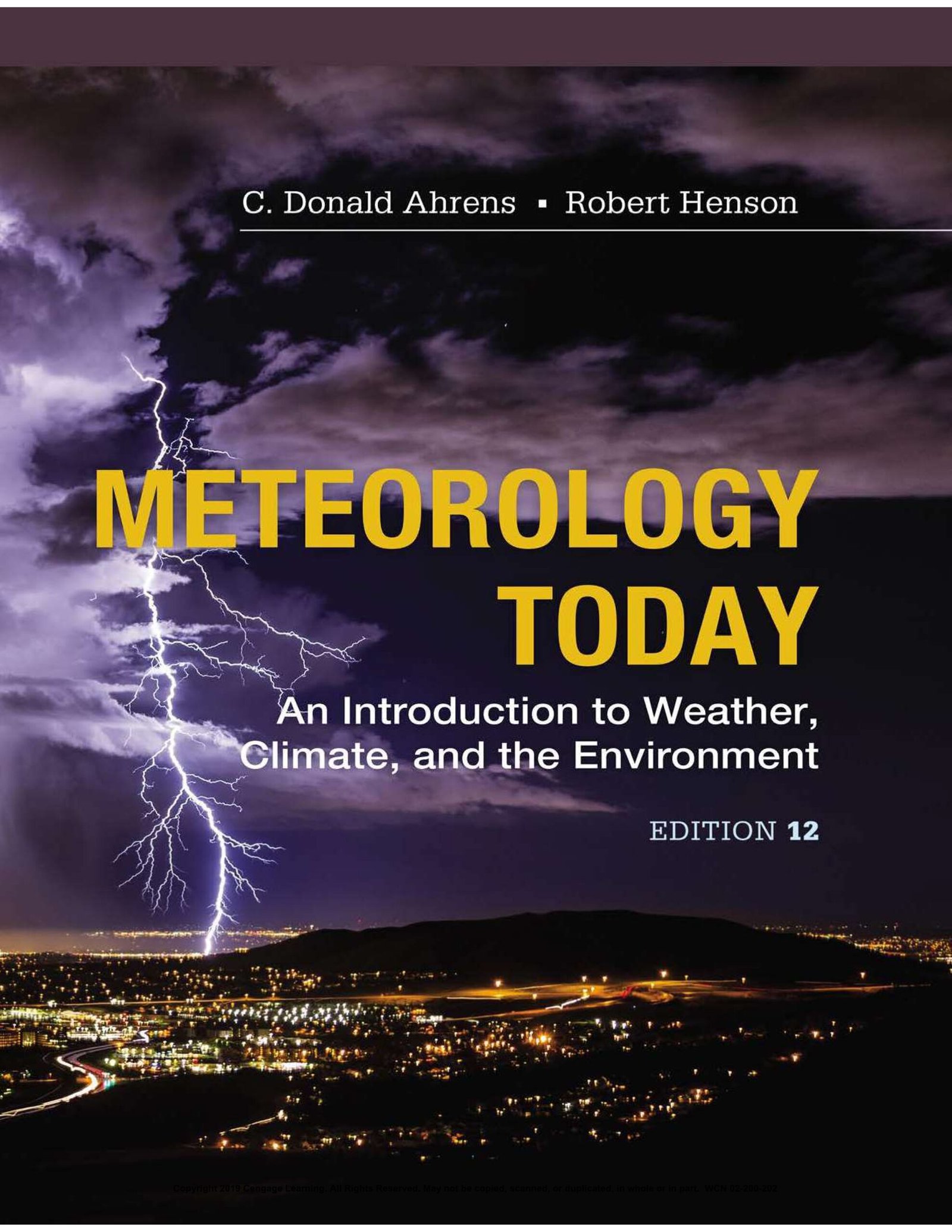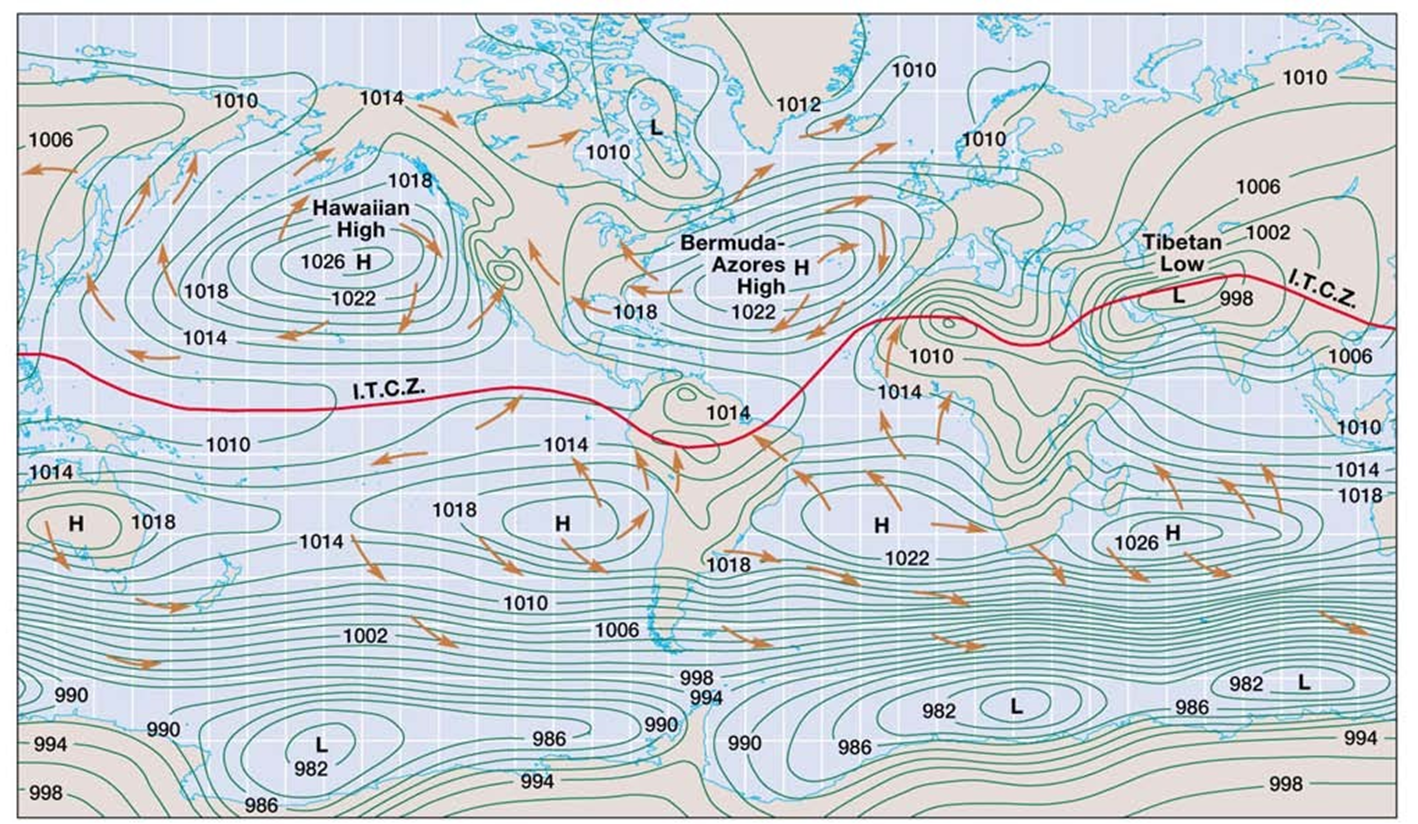Is Humid Air Heavier Than Dry Air? Scientific Facts 2025
Humid air is actually lighter than dry air at the same temperature and pressure. This counterintuitive fact occurs because water vapor molecules (H₂O, molecular weight 18) are lighter than the nitrogen (N₂, molecular weight 28) and oxygen (O₂, molecular weight 32) molecules they replace in the atmosphere. According to Avogadro’s law, equal volumes of gases contain the same number of molecules, so when lighter water vapor displaces heavier air molecules, the overall mass decreases, making humid air less dense than dry air.
Is Humid Air Heavier Than Dry Air? Scientific Facts 2025 Read More »









